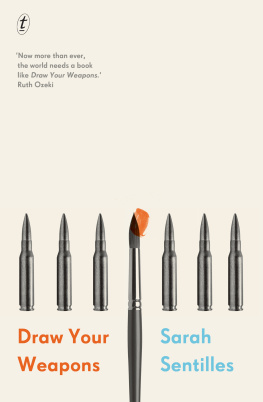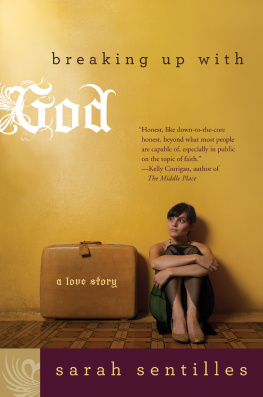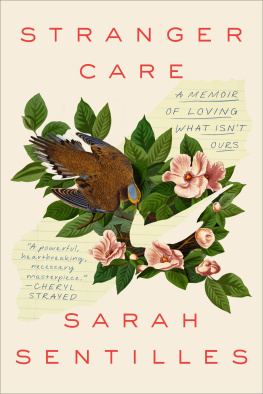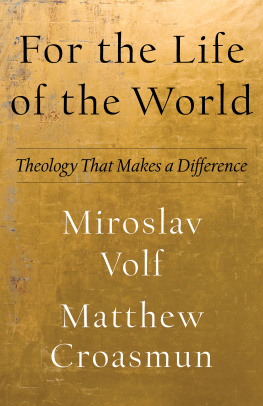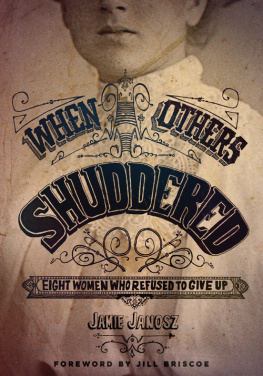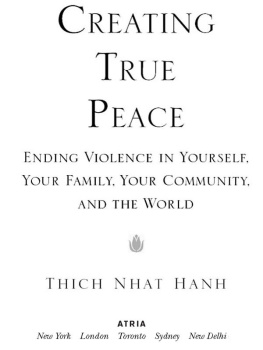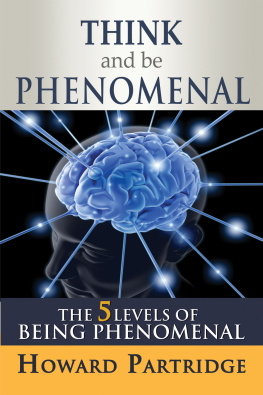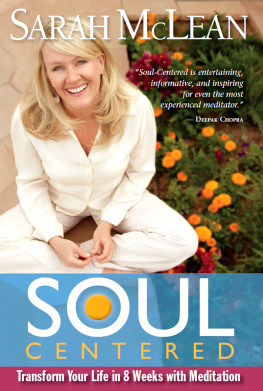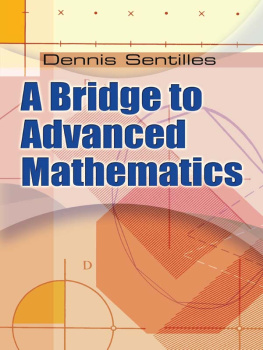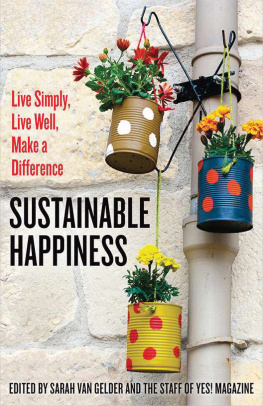PRAISE FOR DRAW YOUR WEAPONS
Its not often that a books description can double as its blurb, but A would-be priest decided not to become one and instead wrote a book on how art and metaphor condition us to accept violence comes damn close. Draw Your Weapons is a unique and necessary book that makes a passionate, thought-stoking argument. John Jeremiah Sullivan, author of Pulphead
Now more than ever, the world needs a book like Draw Your Weapons. With mastery, urgency, and great courage, Sarah Sentilles investigates the histories of art, violence, war, and human survival. In her haunting and absorbing narrative, the act of storytelling itself becomes a matter of life and death. Ruth Ozeki, author of A Tale for the Time Being
A beautiful, haunting book so original that it is a genre unto itselfa poem, a sermon, a polemic, a memoir, a narrative I wont be able to think of our era of constant conflict without recalling Sentilless lessons, her imagery, and her prophetic voice. Franklin Foer, author of How Soccer Explains the World
This is a beautiful, harrowing, and moving collage that portrays the making of art as a powerful response to making war. Every reader will feel profoundly changed by it. Alice Elliott Dark, author of In the Gloaming
With a stunning weave of ideas and images, Sarah Sentilles shows us the world weve broken, and she shows us how soldiers, prisoners, artists, thinkersall of usare, piece by piece, repairing it. Fearless, stirring, rhythmic, this book pulses with energy and is full of insights, dark yet ultimately hopeful. Nick Flynn, author of Another Bullshit Night in Suck City
Draw Your Weapons is as much about peace as it is about war; it is as much about life as it is about death. Sarah Sentilles, with her passionate, clear-eyed prose and her brilliant, generous mind, confronts us with the realities of standing idly by in a world that urgently needs voices of peace and reconciliation. She puts real faces on the stories we hear all the time in the news and forget about. The stories in this bookabout violence and love and endurance and vulnerabilityare unforgettable, and they are very much the stories of our time. You will be riveted, educated, implicated, and changed by this book. Emily Rapp, author of The Still Point of the Turning World
Sarah Sentilles is a writer, critical theorist and scholar of religion. Her other books are Breaking Up with God, A Church of Her Own and Taught by America. She has degrees from Yale and Harvard, and has taught at a number of American colleges. She grew up in Texas and now lives in Idaho.
sarahsentilles.com
In memory of Howard and Ruane Scott.
And for Miles.
In the dark times
Will there also be singing?
Yes, there will also be singing
About the dark times.
BERTOLT BRECHT
I began writing these pages after seeing two photographs.
In one, an old man in a plaid shirt held a violin, his eyes shining; in the other, a prisoner stood on a box, a hood covering his face, wires attached to his body. I was a graduate student in divinity school at the time, preparing to be a priest, writing my dissertation about theological imagination, but those images made that life impossible. I left the church, wrote my dissertation about photography, and got a job teaching at an art school. The changes took years, more than a decade, which is also how long it took to write this book. The United States has been at war the whole time.
I live in a world where it is said, You are here and war is there. Us and them, friend and enemy, same and other, civilized and barbaric. But war is right herethe photograph on my screen of a girl splattered in blood at a checkpoint, the voices on the radio saying words like charred and beheaded, the body of a teenager left uncovered on the street of an American city, the drone factory an hours drive from my house, the veteran in my classroom who fought so someone would pay for him to sit in my classroom. Here and there and here again.
How to live in the face of so much suffering? How to respond to violence that feels as if it cant be stopped? What difference can one person make in this beautiful, imperfect, and imperiled world?
is to become a citizen of photography, Ariella Azoulay argued; to be a viewerto see through the gaze of anotheris to become a plaintiff who must let the image speak. And though you may be the viewer today or the photographer tomorrow, soon will come a time when you are the one in front of the lens.
Bodies are bound by a shared precariousness. , Judith Butler wrote. Were undone by each other. And if were not, were missing something.
where I used to teach cut a head-sized hole into the wall of the gallery. The building where wed taught for years would soon be leveled, replaced by condominiums. Inside the hole hed made in the drywall, on the interior wood now visible, he taped an image: island, palm trees, sunset. Then he stood on a stool and put his face inside the hole and sang to the building for hours, for nearly an entire day.
Here: an opening for you to look through. Here: a song for the bodies coming down.
CONTENTS
The man in the photograph holds a violin, deep chestnut, almost red. He laughs, luminous, looks right at the camera, violin in one hand and bow in the other, a blue-and-gray plaid shirt, a gold wedding ring lit up by the flash. His hair, whats left of it, white.
, the newspaper story said. His family threw a party at the assisted-care facility where he lived in Lacey, Washington. His children, grandchildren, and great-grandchildren came to celebrate. They sang. He blew out candles. Everyone ate cake.
We have a surprise for you, his grandson said, and handed him an instrument case. Inside was the violin. Not just any violin, mind you, I read in the paper, but a violin 60 years in the making.
To make a violin, you need horses. You need elephants, cattle, tortoises, snakes, abalone, whales. You need lambs fed on dry mountainous pasture. You need mastodons dug from arctic ice. You need trees felled in winter when their trunks are free of sap, trees grown on a forests south side in stony soil with little water so they mature slowly, their trunks strong and branchless.
To make a violin, you need war. It is said Antonio Stradivaris most beautiful instruments were built of maple sent from Turkey to Italy, intended for oars that would row Italian warships. Because they were often at war with the Italians, the Turks sent wood with uneven grain, wood they knew would crack and split under the weight of water, but when Stradivari saw the curved wood, he knew he could make it sing.
People used to believe photographs captured something material from the person standing in front of the camera. They thought it worked like this: sunlight bounced off the body and onto the photographic plate, and when that light traveled from body to plate, it carried a physical element with it, a trace, however small.
Photographs were like icons, they thought, like the story about the woman so moved by the sight of Jesus falling under the weight of the cross he was carrying to Golgotha that she pushed through the crowd, past Roman soldiers, to reach him. With her veil, she wiped Jesuss face. Some call her Veronica, a name that comes from the Latin words vera (true) and icon (image), because in return for her tenderness, Jesus granted her a portrait: on that cloth, in blood and sweat, she found an imprint of his face.
I called information and asked for the telephone number of a man named Howard Scott in Lacey, Washington. Hold please, the operator said, and then a recorded voice told me his number. I dialed. The phone rang. A man answered.

